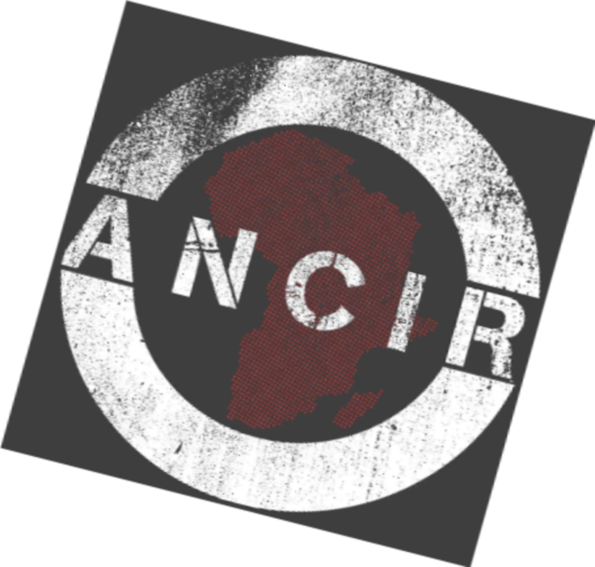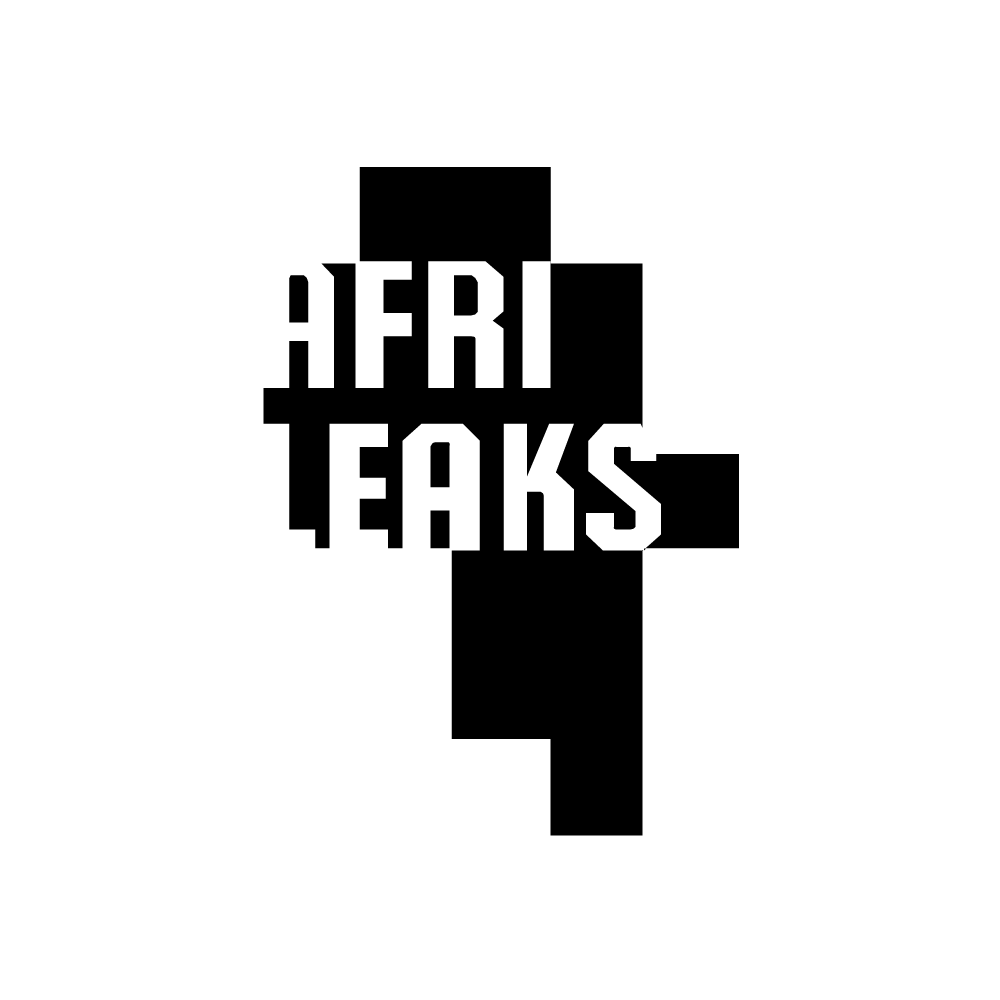Steinmetz’s Guinea iron ore mining deal prised open
The data leak from Panama-based law firm Mossack Fonseca has shed light on who was behind the cover up of a majorly corrupt Guinean mining deal.
Between 2008 and 2009, the the Beny Steinmetz Group Resources (BSGR) empire’s namesake, Beny Steinmetz, acquired rights to mine the northern portion of Simandou, a mine located in the far interior of Guinea, at the bargain price of just $165 million. Soon after, he sold 51% of the rights to Vale for a whopping $2.5 billion.
Steinmetz let slip in a rare 2012 interview with the Financial Times that sometimes, “you have to get your hands dirty” – a comment made in the context of aggressive business strategies, not corruption. But the article also quoted Guinea’s Mines Minister Mohamed Lamine Fofana as saying BSGR “didn’t follow the law”. Allegations abounded about bribery, and Guinea’s incoming elected government under President Alpha Conde began to probe the deal. So did the US’s Federal Bureau of Investigation (FBI) and the US’s justice department. An FBI sting resulted in Frédéric Cilins, a BSGR representative, being charged with destroying evidence and tampering with a witness. That witness was Mamadie Touré, one of several women married to former Guinean president Lansana Conté.
In 2015, after serving a prison sentence of two years in the US, Cilins was released. BSGR conceded it had used Cilins as a representative of the company, but stipulated that he was not an employee. According to Global Witness, the UK-based non-governmental organisation that played a significant role in exposing the deal, Touré received a $2.4 million payment from a company called Pentler Holdings, a company registered in the British Virgin Islands through Matinda, Touré’s own company. Pentler held a 17.65% share of BSGR Guinea. The sum is one of several pledged payments, alongside 5% of BSGR shares in Simandou, to Touré’s Matinda.
The internal data from Mossack Fonseca, obtained by the International Consortium of Investigative Journalists (ICIJ) and German newspaper Süddeutsche Zeitung, pries open the corporate structure of the companies involved in the deal.
Complex Origins
The question of who established Pentler is integral to resolving a possible source of corruption. In August 2014, Mossack Fonseca’s legal department requested the company open case files about three entities it represented: Pentler, Windpoint and Astopak. The email was in response to a Tax Information Exchange Agreement notice from the US government into BSGR. All three companies were administered under Mossack Fonseca’s Swiss-based arm. Windpoint, a company known to belong to BSGR, was represented by Onyx, a financial advisory group that had a long-standing relationship with BSGR. Pentler and Astopak were managed by the Swiss-based Agefor.
By 2014, the date of the inquiry, Agefor was no longer functioning. The senior partner from Agefor with whom Mossack Fonseca had been in contact, Menachen Eitan (also known as Menahem Eytan), was described by the US Security and Exchange Commission as a fugitive and wanted in connection with a $50 million ponzi scheme.
Mossack Fonseca’s Geneva representative Adrian Simon clarified that while the firm provided its nominee “to act as [Pentler’s] shareholder”, and that while Agefor was listed as beneficiary, “Agefor … from its side had a private mandate with the final user to act on a fiduciary basis as nominee beneficiary”. Mossack Fonseca appeared to be unable to determine the ultimate beneficiary of Pentler.
The question came down to Onyx – the company that helped incorporate Pentler.
“Onyx is important because it set up … Pentler Holdings, a shadowy offshore company that signed corrupt deals in one of the world’s biggest mining scandals. BSGR has claimed that Pentler was set up independently. But BSGR’s close ties to Onyx show that claim is misleading,” said Leigh Baldwin from Global Witness.
Is Onyx, as claimed, a separate fiduciary agent and adviser – described by BSGR, “wholly separate and fully independent of BSGR?” Or is it a de facto part of the Steinmetz diamond empire? Both companies share directors that are old Steinmetz hands, such as Dag Cramer and Sandra Merloni-Horemans. And Onyx’s website registration showsBeny Steinmetz Group Management Services as the registrant. Publicly accessible information, including corporate data from Company House reveals a name change from BSG Management Services, incorporated in May 2005, to that of Onyx Financial Advisors.
Another entity working in tandem with Onyx, and also seemingly separate is Margali, a company that has often acted as sole director on many Steinmetz firms, including Koidu Holdings, Octea and a myriad of others.
On 16 February 2006, Merloni-Horemans, acting for Onyx, informed Mossack Fonseca of the appointment of two Mossack Fonseca directors to Pentler Holdings Limited. The email stated that Margali, a director of Pentler since incorporation in 2005, was in the process of resigning from its directorship. But the email is relevant for its slipped language. Merloni-Horemans writes of the sole director of Margali “approving his resignation and the appointment of two Mossfon [Mossack Fonseca] directors”.
Margali’s sole directorship clearly referred to a single male individual. A certification document dated 2012 identified Dag Cramer as Margali’s representative, but not as the company’s beneficial owner.
On 23 March 2006, an email from Onyx’s Merloni-Horemans included three attachments. The first was a certificate from BSG Guinea, incorporated in the British Virgin Islands, confirming 8 825 shares to Pentler Holdings and the second, BSG Guinea’s certificate providing 41 174 shares to BSG Steel Holdings, which rendered both shareholders in BSG Guinea. The third was a document confirming both transactions with all three companies under the directorship of Margali.
On 2 October 2015, Merloni-Horemans from Invicta (formerly Onyx) emailed Mossack Fonseca with a document declaring Margali’s source of funds. The jurisdiction disclosed was Guernsey, where BSG Resources is based. “Proceeds from contractual obligations” was listed for income generation. No other information was provided. The email stipulates the company’s activity as, “a corporate director in several companies which form [part] of the BSG Group of companies.”
This is frequently underscored in the emails dated back at least a decade: On 28 October 2005, for instance, Merloni-Horemans sent an urgent email confirming the incorporation of several companies, including BSG Energy Holdings, BSG Gold, BSG Metals and others in the British Virgin Islands using Margali as a director, and allocating power of attorney to herself.
“They Are the Same”
In another Mossack Fonseca document, Cilins entered the picture on 23 May 2007 and was introduced as holding Pentler’s power of attorney. Cilins’s power of attorney symbolizes his representation of an unknown principal. He was joined a month later by Avhraham Lev Ran. Both Ran, Cilins and Michael Noy were listed as beneficial owners of Pentler in a document dated 14 May 2010.
BSG Resources later claimed, “Lacking a permanent presence in Guinea, BSGR sought to work with Michael Noy, Avraham Lev Ran and Frédéric Cilins, who had extensive business operations in Guinea, which they subsequently established as Pentler Holdings.”
But this does not answer the question of Margali or Onyx and what they represent within the BSGR empire. The leaked documents also identify a timeline indicating the inherent improbability of Pentler being independent and separate from BSGR, as was claimed by the company.
In May 2014, Mossack Fonseca’s attorney noted the US investigation into Pentler, BSG Resources and Onyx. The company’s lawyer, summarizing media reports, recommended immediate resignation of the company as a representative for BSGR. As for Onyx, Mossack Fonseca’s compliance department concluded of Onyx and BSGR in 2014: “They are the same.”


